- Overview
- Flares & Triggers
- Causes & Risks
- Types
- Locations on the Body
- Tests & Diagnosis
- Treatment
- Living With
- Complications
- Appointment Prep
- View Full Guide
9 Ways Psoriasis Differs for People of Color

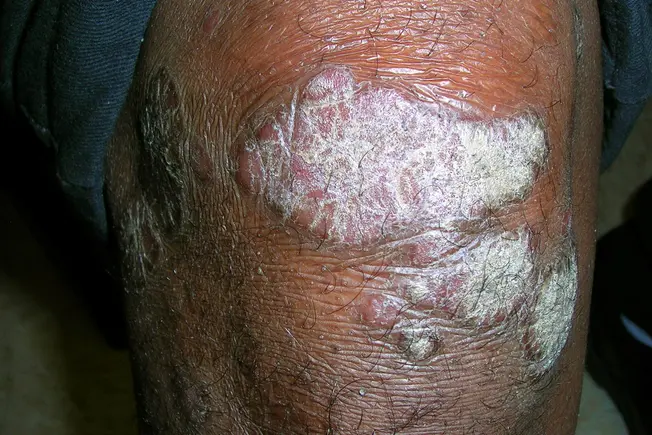
Psoriasis in Skin of Color
Psoriasis is a common skin condition usually presenting as scaly patches of red or silvery skin. It’s an inflammatory, chronic condition that can appear different for everyone.
Although the condition is most common in Caucasians, all races are affected by psoriasis. Plaque psoriasis is characterized by:
- Red scaly patches larger than 3 cm
- Patches affecting elbows, knees, and lower back
- Moderate to severe intensity
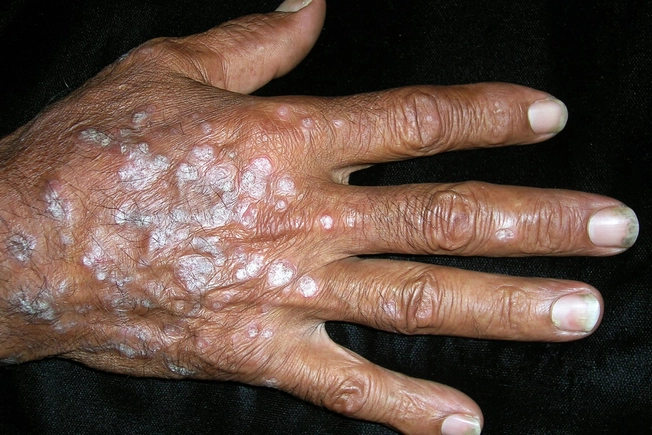
Thick Plaques
Non-Caucasians are most likely to have psoriasis over large areas of their body. The plaques (rough, raised patches of skin typical of psoriasis) that show up on skin of color are thicker than those on Caucasian skin. These thick plaques may be extra itchy and have a silvery appearance.
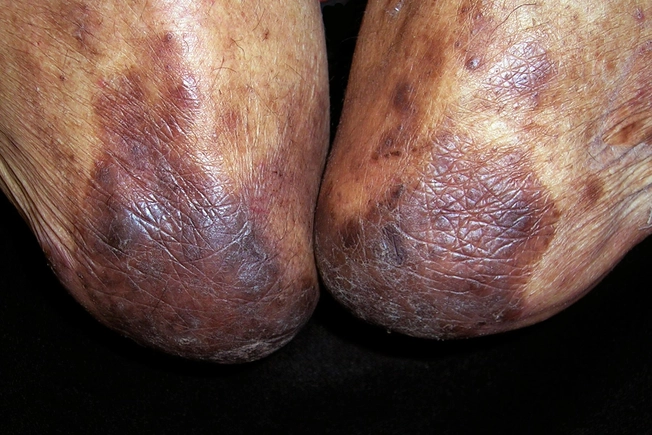
Dyspigmentation
Dyspigmentation is common after psoriasis heals on medium to dark skin. There are often light or dark patches where psoriasis used to be, and these patches will clear up within three months to a year. Ask your dermatologist if treatment can help dyspigmentation fade faster.
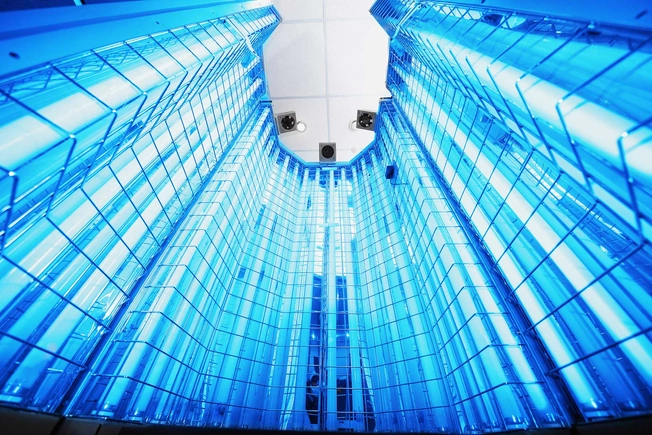
Phototherapy
Phototherapy is a common treatment for psoriasis, consisting of standing in a lightbox a few times a week. If you have skin of color, you should know a few things first:
- Your skin will likely darken. This isn’t dangerous, but it will affect your appearance.
- Existing spots on your skin can become darker and more noticeable.
- Burns are possible.
Ask your healthcare provider about the pros and cons of phototherapy before starting treatment.
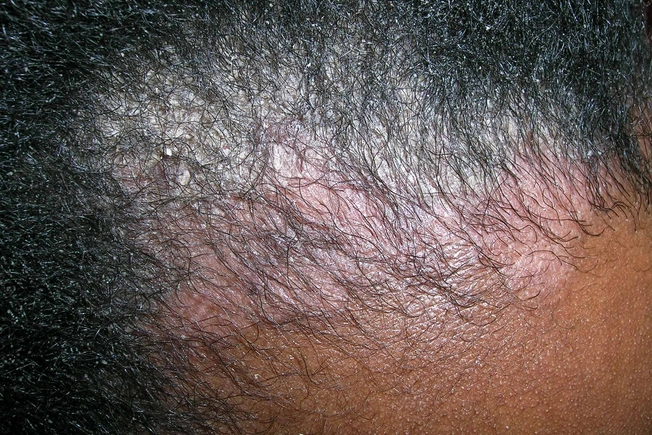
Scalp Psoriasis
Psoriasis can affect any part of the body, and the scalp is one of the most common. People of African descent will need to treat scalp psoriasis with a medicated shampoo a few times a week. If shampooing isn't enough, you can ask your healthcare provider for medicine for the affected area.
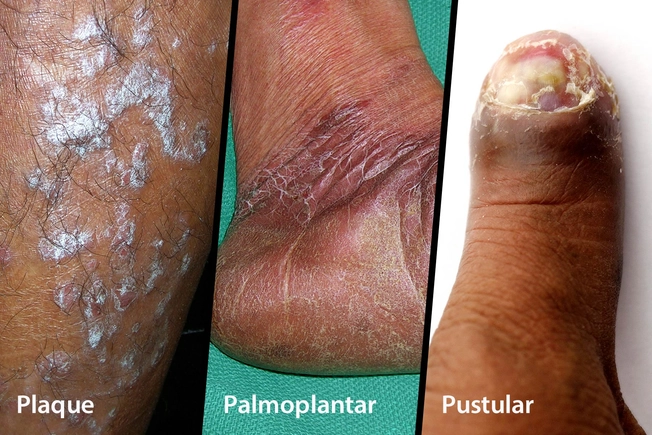
Varieties of Psoriasis
There are many different kinds of psoriasis, determined by the size of the plaque, how long it takes to heal, how quickly plaques spread, and more. When it comes to skin of color, plaque psoriasis, palmoplantar psoriasis, pustular psoriasis, and erythrodermic psoriasis are most common.
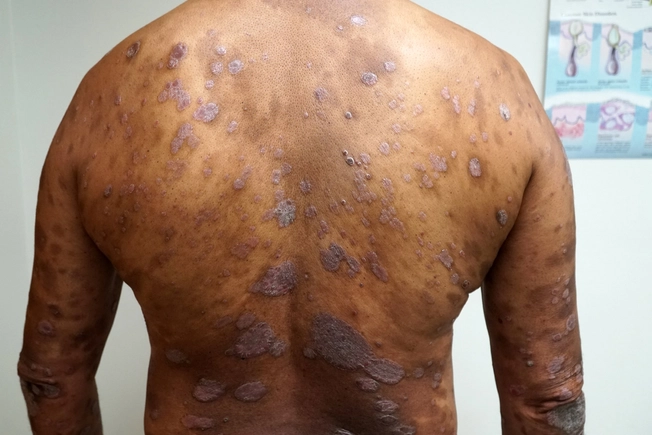
Unique Appearance
Psoriasis is typically red on light skin, but it's more likely to appear brown or purple on medium to dark skin. You might not even be able to see color if the plaque is thick enough.

Undertreatment
Psoriasis in people with skin of color can go untreated for several reasons, including:
- Lack of access to a dermatologist
- Difficulty diagnosing, as psoriasis has been mostly studied on lighter skin
- Lack of representation in ads for psoriasis treatments, resulting in lack of awareness about the condition and treatments
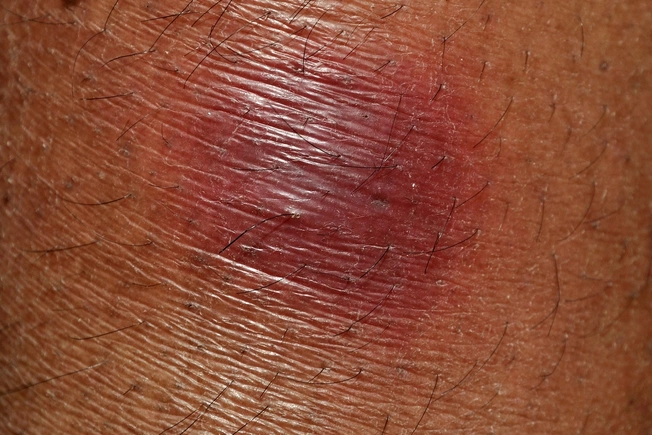
Lower Erythema
Erythema refers to a red rash that appears with erythrodermic psoriasis. On skin of color, erythema is less common and harder to detect than light skin.
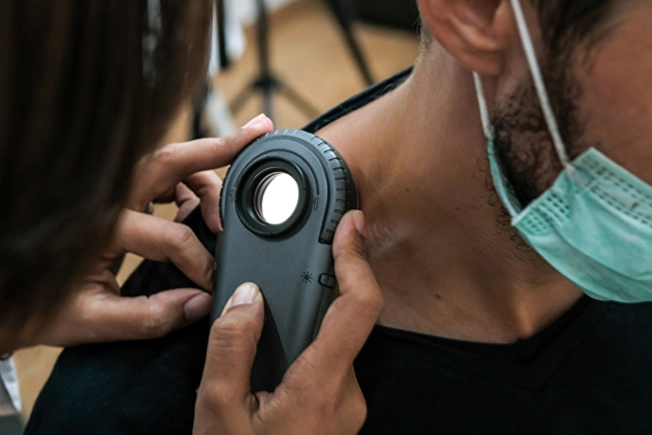
Extensive Skin Examination
Due to the differences in psoriasis on skin of color, a thorough examination is needed to ensure you get the right treatment. Your dermatologist will ensure that you have psoriasis and not a similar condition.

Treating Psoriasis in Skin of Color
Psoriasis affects millions of people, each with a unique skin tone. If you think you have psoriasis, visit your healthcare provider. Depending on your skin color, type of psoriasis, and severity of your condition, the right diagnosis and treatment methods might take time! Be patient and consistent when you find things that work. Keep these unique aspects of psoriasis in skin of color in mind, and don't delay your journey to healthier skin.